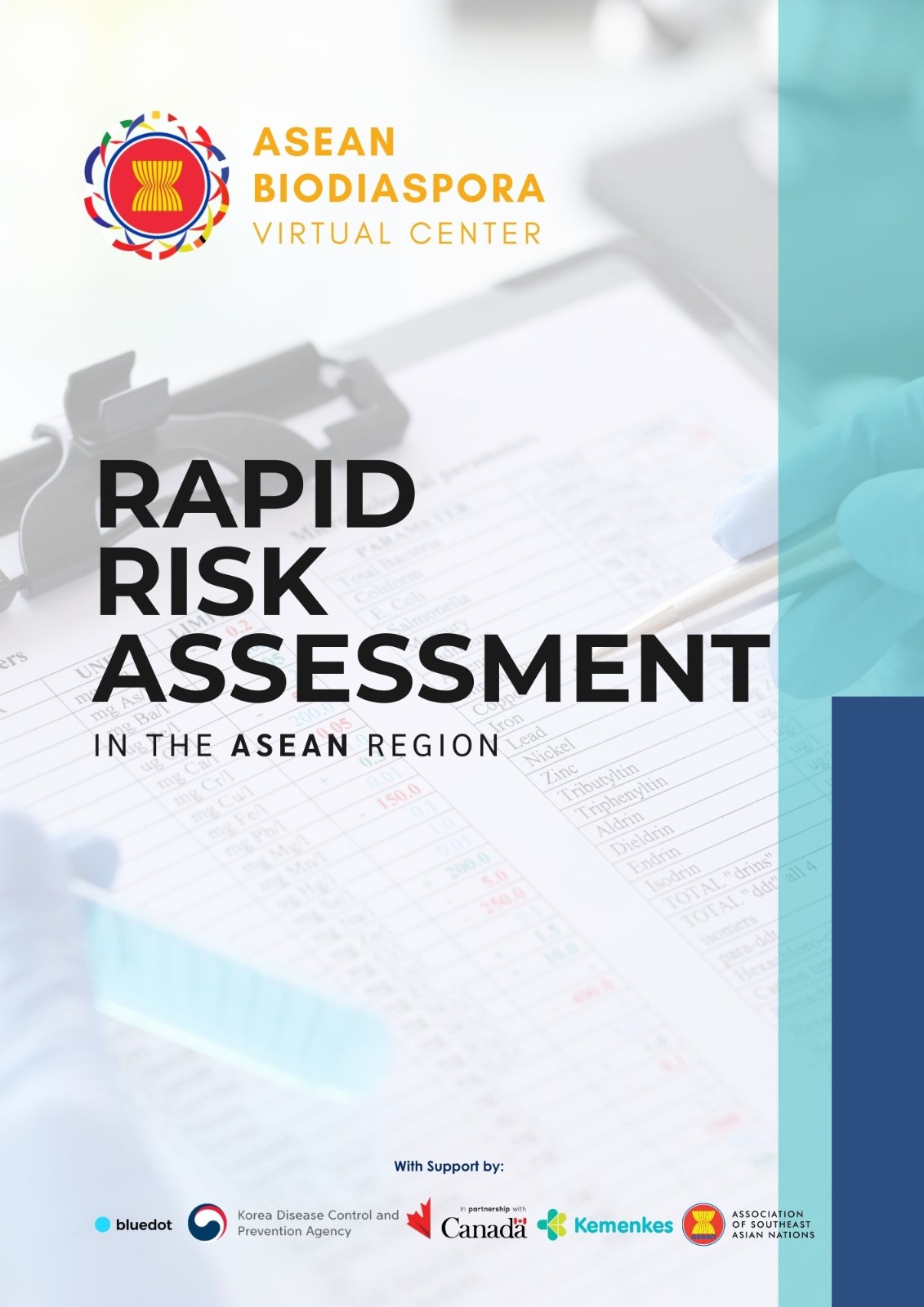Risk Assessment Report – 07 December 2020
Risk Assessment Report – 07 December 2020
Risk Assessment
December 07, 2020
Risk Assessment Report – 07 December 2020
Time Period Covered December 07, 2020 - December 07, 2020
COVID-19: Highlights and Situation Overview
• Worldwide, there have been over 67.3 million cases and more than 1.54 million deaths attributed to COVID-19.
• Indonesia’s National COVID-19 Task Force said that the Health Ministry will add more hospital rooms to treat patients should
Indonesia face a case surge of 100%. According to the task-force spokesperson, if the cases increase by 20 to 50% then
hospitals would continue operating like at the moment. He added that hospitals are capable of accommodating patients if
cases do not increase beyond 50%. However, should cases increase by 100%, the ministry would turn general care units into
makeshift rooms for COVID-19 patients. Data from the Health Ministry as of Tuesday (December 1) showed that the bed
occupancy rate in isolation wards and intensive care units for COVID-19 patients had reached 57.97%. West Java recorded
the most occupied beds at 77%. Bandung alone, for example, currently risks facing a shortage of beds with 88.6% of beds
already occupied. Indonesia's daily number of coronavirus infections have accelerated in recent weeks, with total confirmed
cases reaching 575,796 on Sunday with 17,740 deaths.
• Vietnam’s Prime Minister Nguyen Xuan Phuc signed a new Directive strengthening measures to contain the pandemic after
the recent cases of local transmission. These include the wearing of face masks and using hand sanitizers, avoiding necessary
gatherings, and strict quarantining for those returning from overseas. As of December 6, Vietnam’s Ministry of Health confirmed
a total of 1,366 cases of COVID-19. However, 1,220 of the affected patients have recovered and been discharged from
hospitals. Vietnam has also recorded 35 deaths due to the pandemic. The latest cases were all imported and quarantined on
arrival.
• South Korea raised its coronavirus alert to the second-highest level in Seoul and surrounding areas on Sunday (December 6)
as authorities struggle to contain a fresh outbreak. The country largely brought the virus under control with a "trace, test and
treat" approach, but in recent weeks new infections have jumped from around 100 a day to more than 500. South Korea has
confirmed 631 new COVID-19 cases on December 6 (the highest in nine months) with majority of cases found in the greater
Seoul region according to the Korea Disease Control and Prevention Agency. South Korean President called on Monday
(December 7) for expanded COVID-19 testing and more thorough tracing as the country struggled to control its latest and
largest wave of infections. The President ordered the government to mobilize every available resource to track infections, and
to expand testing by deploying the military and more people from the public service.

 Risk Assessment Report – 07 December 2020
Risk Assessment Report – 07 December 2020